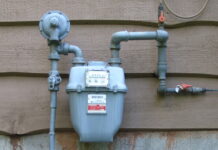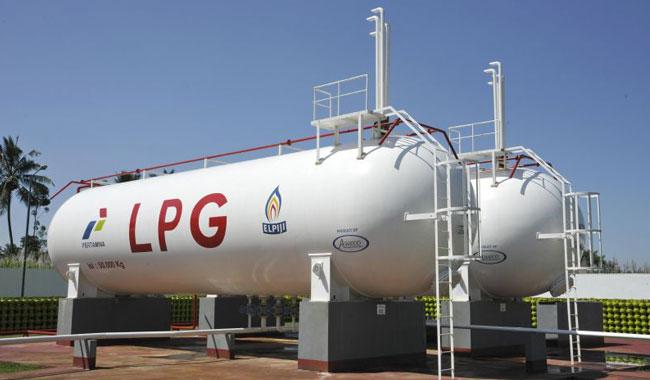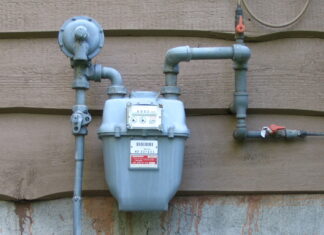Islamabad: The federal government is divided over increasing the rate of petroleum levy on Liquefied Petroleum Gas (LPG).
Sources said that the Economic Coordination Committee (ECC) of the cabinet in the last meeting deferred the summary of petroleum division on the rate of petroleum levy (PL) on LPG.
Planning Division has suggested continuing the current rate of PL to avoid inflation whereas Finance and law division asked to increase the rate of PL from existing Rs 4.669/MT to Rs 10,111/MT considering total estimated local production of LPG as 791.205 MT during 2022-23.
On the other hand, OGRA was of the view that PI and other taxes should be the same on local and imported LPG.
Sources said that the annual budget statement 2022-23 shows that the Finance Division has proposed an amount of Rs 8 billion revenue collection targets on account of Petroleum Levy on LPG for the year 2022-23.
It may be noted that the Petroleum Division while submitting the Budget proposal for FY 2022-23 suggested continuing with the existing PI rate of Rs 4.669/MT with revenue target of Rs 3.694 billion. However, the Finance Division revised the target to Rs 8.00 billion against the Petroleum Levy on LPG without mentioning PL rate.
To achieve this revenue target of Rs 8 billion, PL rate is calculated as Rs 10,111/MT considering total estimated local production of LPG as 791.205 MT during 2022-23.
It may be noted that under sub-section I of Section 3 of Petroleum Products (Petroleum Levy) Ordinance, 1961 & Petroleum Products (Petroleum Levy) Rules, 1967, provides that companies/ refineries/ licensees shall pay Petroleum Levy at rate notified by the federal government.
In view of the above position, the petroleum division has asked to approve PL rate as Rs10,111/ MT on sale of LPG produced in the country for collection of estimated revenue target of Rs8 billion during 2022-23.
























